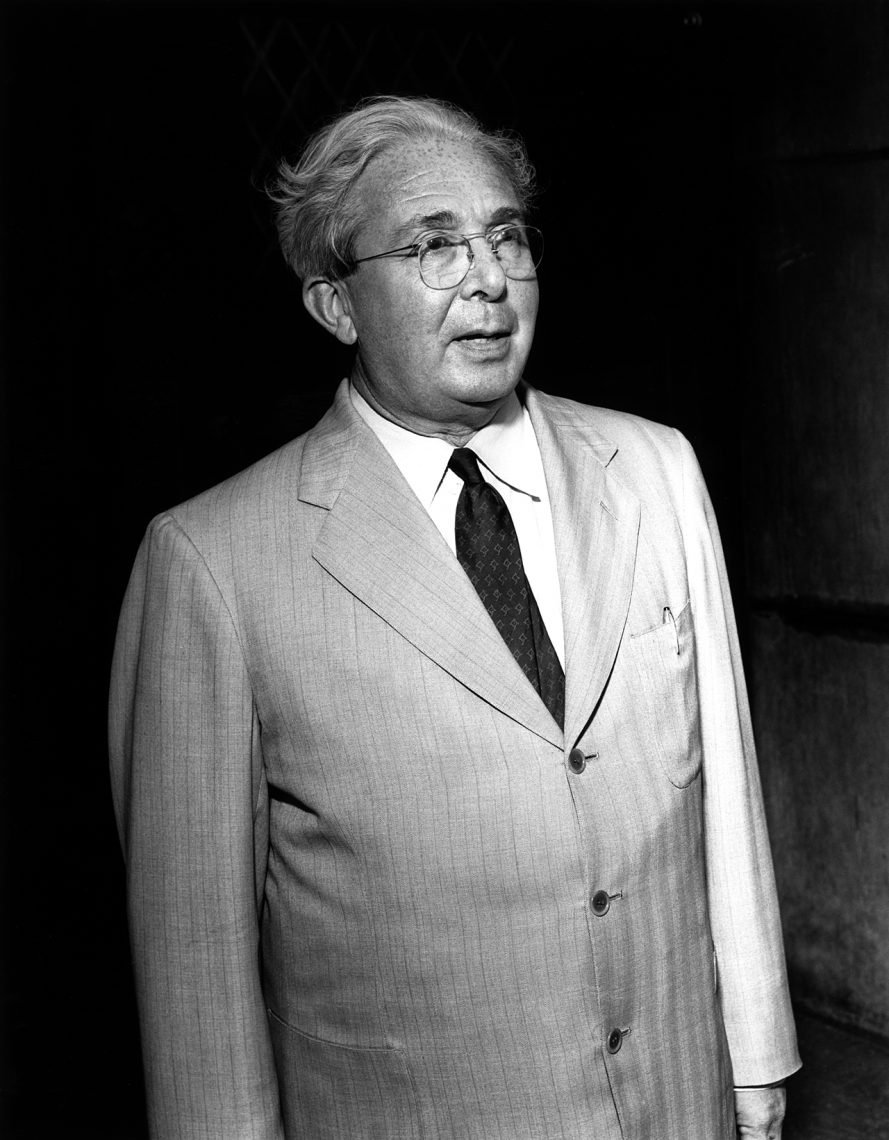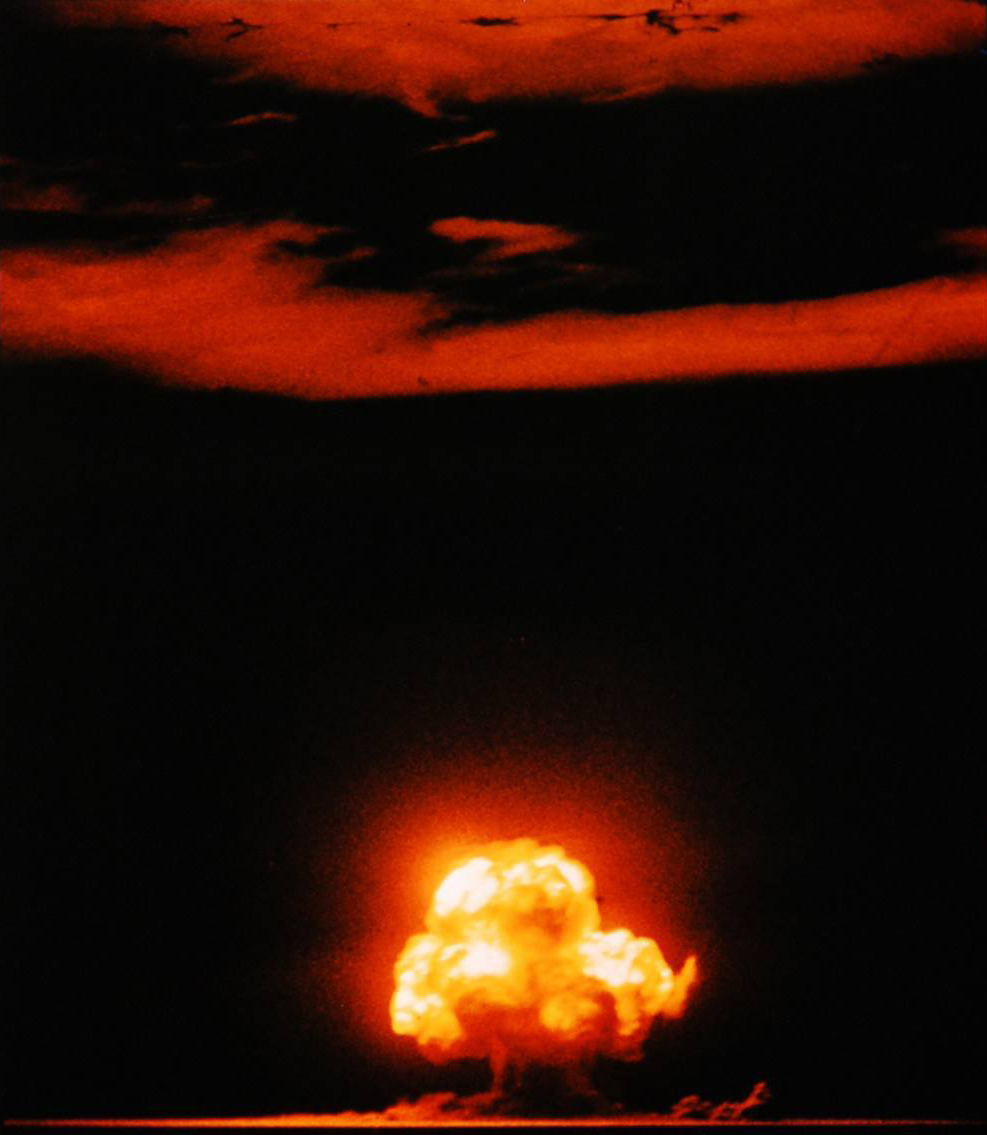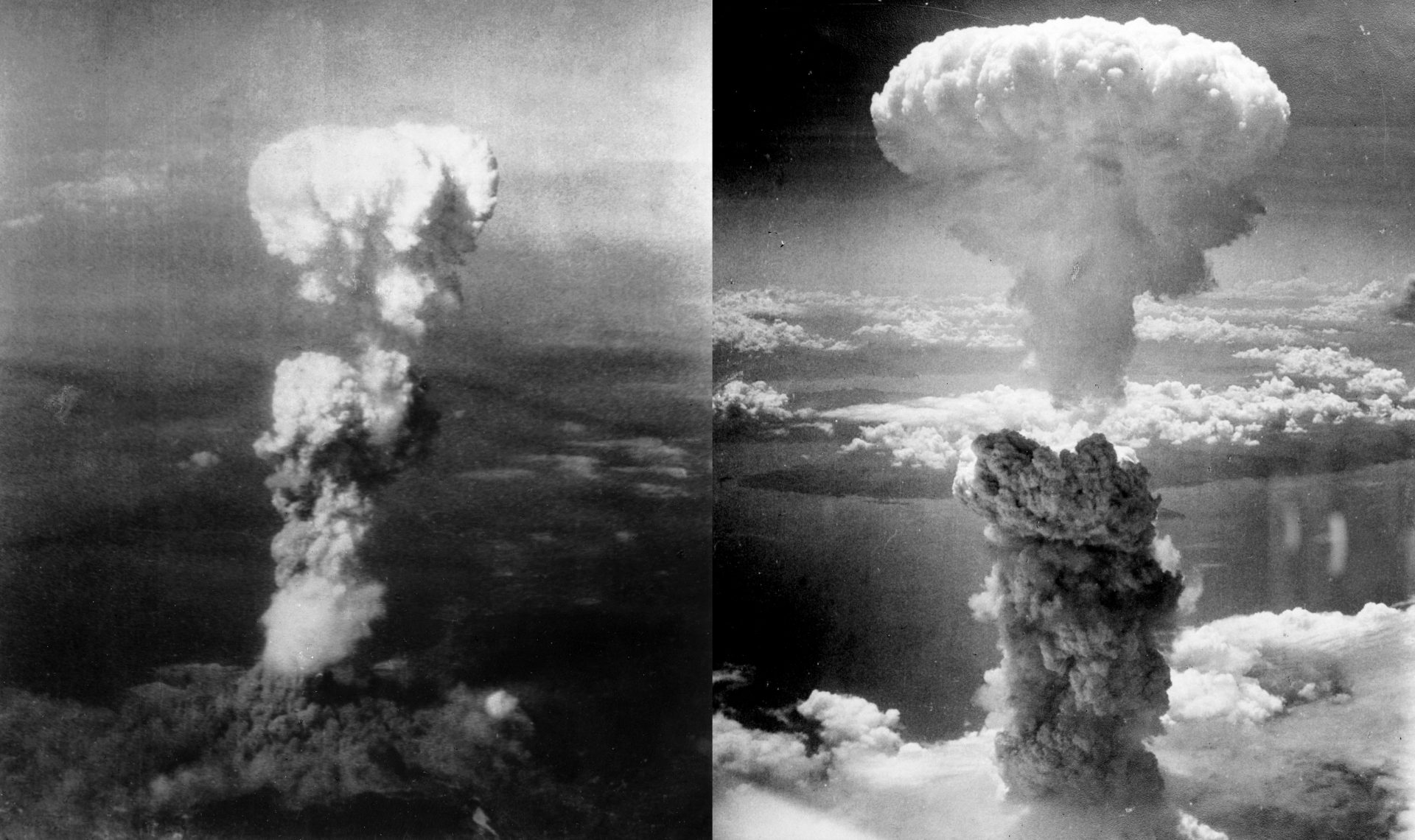In 1926, Albert Einstein and his student Leo Szilard worked on the invention of a new refrigerator that did not rely on electricity or polluting gases. The new refrigerator did not catch on. But the sale of its patent to Swedish giant Electrolux earned Szilard the handsome sum that allowed him to devote his time to academic research in atomic energy and his hobby – reading sci-fi in his Berlin flat.
One of those sci-fi novels exposed Szilard to the concept of producing weapons of mass destruction from an exponentially growing chain reaction. The concept roused the talented Jewish scientist’s curiosity, and he quickly and happily dove in.
Other leading scientists became interested at the same time in producing atomic energy, and in 1938, German physicists Otto Hahn and Fritz Strassman conducted an experiment in which they “blew up” uranium by means of neutrons. During that experiment, they discovered that neutrons dismantled the uranium’s core – in a phenomenon that would come to be called “nuclear fission.” The realization of Szilard’s vision and his passion for science-fiction was lost in the annals of “science.” But it was he who discovered that in the process of nuclear fission, other neutrons are discharged creating further fission. In other words, exponential increase of a chain reaction is generated. QED.

Let’s go back a few years. In 1933, the Nazis enacted the Law for the Restoration of the Professional Civil Service, requiring those whose misfortune it was to be born to Semitic parents to leave civil service. That was the signal to hundreds of Jewish scientists in leading German universities to scram. Among them were Max Born, Felix Bloch, Edward Teller, Eugene Wigner and others – all Nobel-Prize-winning mathematicians and physicists. That nucleus of scientists (in every sense) would one day lead the Manhattan Project, America’s ambitious pursuit of an atomic bomb.
The Nazis’ anti-Semitic lust to expel Jewish scientists led them to forget one tiny detail: Expelling the Jews meant expelling their greatest minds. About a year after the law passed, the Nazis’ then-education minister asked David Hilbert, the head of Gottingen University’s math department, a question: How is mathematics at the department going now that it has been “freed of Jewish influence?” His answer to Hilbert: Now there is no mathematics at Gottingen.
Szilard was apparently blessed with prophetic vision. He predicted the Nazi rise to power, moved to London before their reign and from there to the US, where he was immediately installed in Columbia University’s physics department. When the Nazis took over Czechoslovakia, he began to fear that the nuclear chain reaction could become a double-edged sword, or in his case, a double-edged bomb. Czechoslovakia was rich in uranium deposits and he too had heard the rumor that the Nazis were collaborating with renowned German physicist Werner Heisenberg on a nuclear project. To Szilard it was clear: The Nazis were determined to create an atom bomb.

In response, Szilard turned to his admired teacher and refrigerator-patent partner, the most famous scientist in the world, Albert Einstein. Szilard asked his friends, Jewish physicists Edward Teller and Eugene Wigner, to join him, and the three of them made the pilgrimage to Princeton University to visit science’s legendary oracle. Szilard tried to warn Einstein of the impending danger, in hope that Einstein’s reputation would lend his message entry to the highest offices of American government.
It wasn’t easy to convince Einstein. The pacifist scientist summarized his attitude toward weapons of war as follows: “It is my conviction that killing under the cloak of war is nothing but an act of murder.” He was not anxious to lead a process in which the endpoint was the appearance of an atomic bomb. But when Szilard and friends laid out the facts – Germany’s nuclear project and control of enormous uranium deposits – Einstein was persuaded. The Einstein-Szilard Letter – sent to US President Franklin Roosevelt on August 2, 1939 – is considered the first and most significant turning point in the resume of the atomic bomb.
“It may become possible to set up a nuclear chain reaction in a large mass of uranium by which vast amounts of power and large quantities of new radium-like elements would be generated,” the two of them wrote in their letter. An array of graphic descriptions of what could happen if the Germans got atomic weapons was followed by Szilard’s recommendation: “You may think it desirable to have some permanent contact maintained between the Administration and the group of physicists working on chain reactions in America.”

Szilard wrote the letter. Einstein signed it. The letter waited on the administration’s desks for two full months before it was read by President Roosevelt, who issued an order to create an Advisory Committee on Uranium. The committee led by Lyman James Briggs, then-head of the National Bureau of Standards, met on October 12 and immediately allocated $6,000 to neutronics experiments.
Things moved slowly at first, as the initiative roamed from one office to another. Unhappy with the delay, Einstein and Szilard sent another letter to the President on March 7, 1940 to expedite the matter and advance development of the bomb. This time the American chain reaction was swift and efficient. The budget increased significantly, abundant resources were allocated, and dozens of scientists were enlisted.
Three years later, in May 1943, the Manhattan Project was born. And two years later, on July 16, 1945 – 74 years ago – the Trinity Test was successfully launched, in which the first fission bomb in the world was detonated. Three weeks later, on August 6, Little Boy and Fat Man – code names for these atomic bombs -were dropped from the Enola Gay bomber on the Japanese cities of Hiroshima and Nagasaki. The results were catastrophic. Nearly 200,000 people were immediately killed, and hundreds of thousands more were wounded during the first months following the bombing.
Einstein expressed his regret in a letter: “Had I known that the Germans would not succeed in developing an atomic bomb, I would have done nothing for the bomb,” Einstein told his veteran secretary after the bombing of Japan. Szilard’s conscience plagued him as well, and he too claimed that he would not have sent the letter had he known the results. This was not how the brilliant, Jewish scientist imagined collaboration with his teacher and mentor would go – when it began in the development of an ecofriendly refrigerator and ended in a weapon of mass destruction that to this day threatens world peace.
